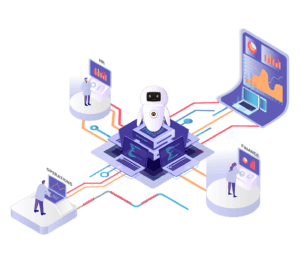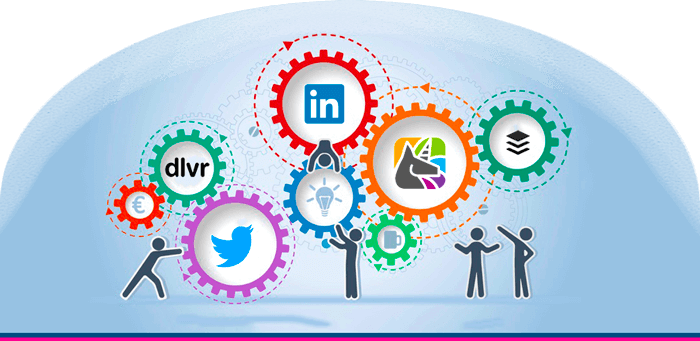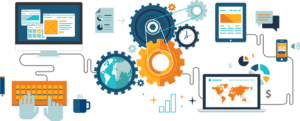
The world of marketing is facing constant changes as consumer trends change and buying habits evolve. In the last 20 years, we have seen sales-dominated functions being replaced by various marketing practices, as consumers have become ever so averse to a hard sale.
How big the difference now is, demonstrated by the graph below with consideration, intent, and evaluation mostly happening now behind a computer screen. This means that a number of influencing factors for the purchase of a product or service have also changed. To keep up, marketing professionals have to adapt to the new reality and do so at a rate never experienced before.
The Old Vs. New Marketing & Sales Funnel

Is Automation no longer a dirty word?
Marketing automation with the exception of automated reminders, up until recently has been mostly connected with auto-generated content, spam, and annoying impersonal email/SMS communications. Few automated marketing practices survived the excitement of the early 2000’s and have been established, although never fully adopted by all businesses. A new wave of automation is now changing all that.
Times have changed on us, again, and whilst still relatively early in the era of “information overload”, automation is now a necessity in the effort to handle communications on multiple platforms. At the same time, there is a need to monitor a huge number of consumer interactions, which range from traditional calls and emails to comments, likes and sharing of content on social media networks.
All this has not only increased the complexity of marketing communications but has also added severe manpower considerations, as keeping up with social media platforms is becoming more and more challenging.
How do you integrate data & automate marketing?
Integration, whilst a very old concept now, remains the most common business technology model, by which you can connect a variety of services. This usually means connecting data points, to use, analyse and manipulate the data. There are already numerous ways to do this but specifically for marketing some of the most common integrated products offer APIs where data can be downloaded and further manipulated.
Email/SMS Marketing
These are the first areas to introduce automation successfully. Websites triggering emails at certain points of the buying process, to automated notifications for appointments, birthdays or any other relatable personalised events. Whilst automation has been established in this area, personalisation is still not close to peaking.
Social Media Marketing
From the primitive Google Alerts, social media now is at the heart of the next wave of automation. The automated processes vary from auto-posting to multiple social media websites to instant feedback and information when someone mentions something on their feed. The latter is something that can be used to boost sales.
Sales
Whilst sales departments were the first to experiment with automation amongst the service industry, they did so miserably badly. The landscape has now changed based on platforms such as Salesforce as well as a vast array of social media tools that can help business development.
Business Management
New platforms such as Discord, have cultivated a bot culture, with automated bots serving a variety of purposes, such as remind you about the weather in the morning or sending real-time notifications about fluctuations in stock market prices. You can also easily aggregate all your social accounts via a new technology known as “webhooks”.
Leading automation companies
The following companies are currently leading the way in the marketing automation space:
- Eloqua
- Marketo
- Pardot
- Silverpop
- Salesfusion
Interoperability is the future of technology
The integration of technologies will continue providing solutions for many years to come. More and more companies will make their products and services ready to integrate with a multitude of other offerings. We see this now happening in most areas of business with marketing, online publishing accounting, and other fintech services leading the way. The future, however, lies elsewhere.
Interoperability is the ability of two or more components or systems to exchange information and to use the information that has been exchanged.
Interoperability is a relatively newly found concept that takes integration to a much higher level. In simple terms, instead of the ability to simply pull data from one source, interoperability ensures that systems ‘talk’ to each other, meaning they can perform more complicated actions that have dependencies.
In other words, interoperability is defined as the ability of two or more components or systems to exchange information and to use the information that has been exchanged. It is becoming clear that whilst integration is important, interoperability will revolutionise how we obtain, process and broadcast data of any kind between individuals and businesses.
Conclusion
This high tech futuristic concept is only around the corner and whilst businesses still struggle with integration, it could be soon that they have to deal with the complexities of interoperable data points. Luckily we have done the hard reading for you and are ready to help your business adapt and innovate using all the latest marketing tools.
Adjusting to change has never been easy but in modern business, it is essential to survive.









Follow Us